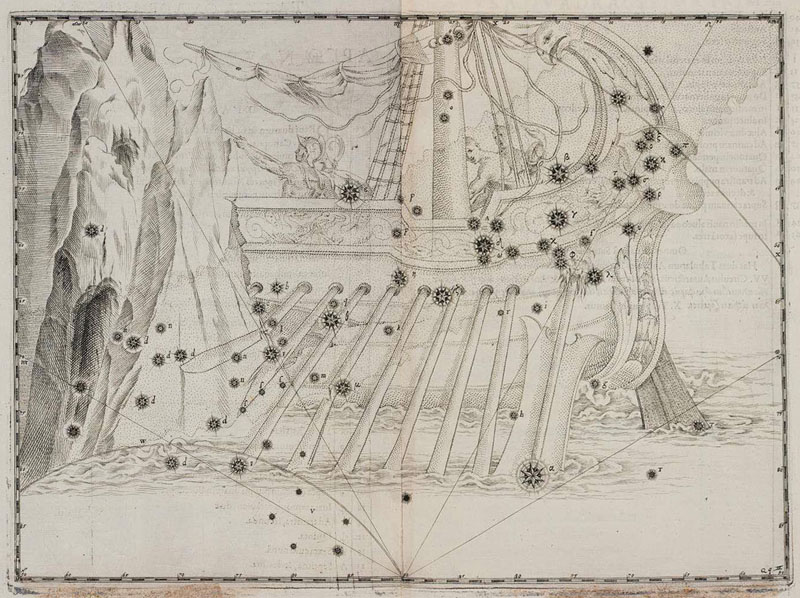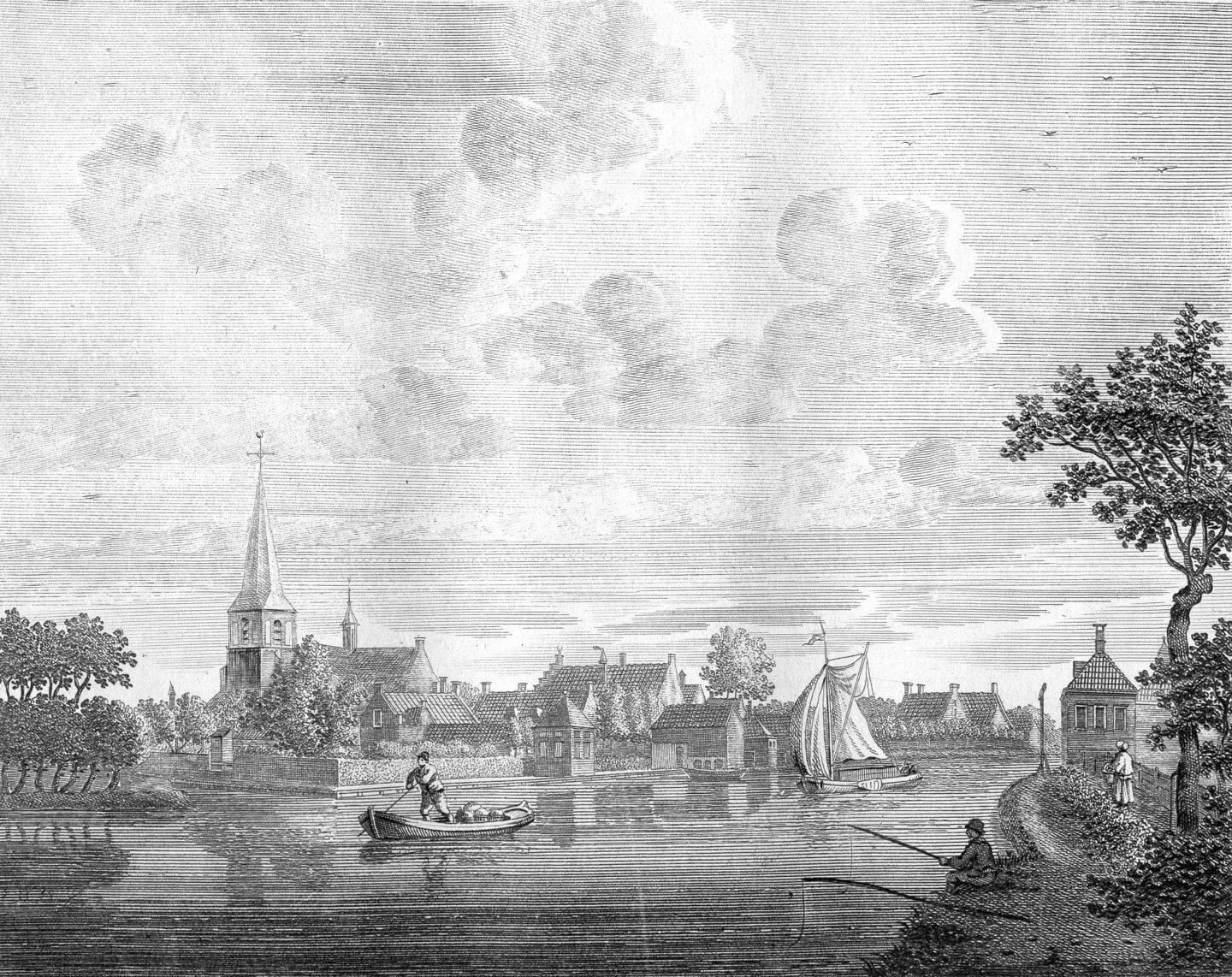Alexander Mair

In contrast to Custos, however, Mair does not seem to have run a large workshop. He created portraits, title pages, sieges, vignettes, borders, printer's signets, images of saints, some of them in very small formats, and frequently book illustrations. Among them were an extremely rare book on the coins of the archbishops of Mainz by Adolph Occo, and "Rerum Augustanorum“, the extensive scientific description of provincial Roman archeological finds in and around Augsburg by the humanist and publisher Marcus Welser. Mair is also said to have made heraldic wall calendars and possibly even produced the first calendar of this upcoming genre.
Perhaps the best known and still popular and valid publication with images by Alexander Mair was the "Uranometria", a celestial atlas published in 1603 by the astronomer Johannes Bayer. Bayer's work is considered to be the first celestial cartography based on precisely calculated star locations and thus the first exact representation of the star constellations. It contains a graphical gradation of the brightness of the stars and the nomenclature introduced by Bayer and still used today, which precisely defines individual stars of a constellation with Greek letters, revolutionized astronomy. On the large-format plates Mair combined his capacity of precise craftsmanship and detailed reproduction of the scientifically calculated positions with his elegant lines and powerful artistic expression, as can be seen in the example here shown, representing the constellation "Navis“.
Compared to the engravings of his contemporaries, in Alexander Mair's copper plates, the extremely fine, regular, and elegant inscriptions stand out. This skill made him a much sought-after engraver for typography. Sometimes silversmiths commissioned him to engrave their products, as for example a globe goblet, or a set of silver playing cards. Towards the end of his life Alexander Mair was honored to engrave the commemorative plate, which was placed in the hollowed-out foundation stone of the new Augsburg City Hall in 1615. The architect Elias Holl writes about it in his self-biography: "First stone laid on 25 Aug. 1615 ... so I had everything prepared to lay the first stone, namely a „credier“ stone a shoe long, the inside carved out and another stone for the lid on top of it, in which one could place the record of the laying of the first stone. And this was a and gold-plated silver plate, decorated with a beautiful and delicate engraving, saying that this happened under the reign of Mathias II, and under the two mayors of the city council ... This was put into this stone.“
Compiler: Jörg Diefenbacher
Editor: Eckhard Leuschner

